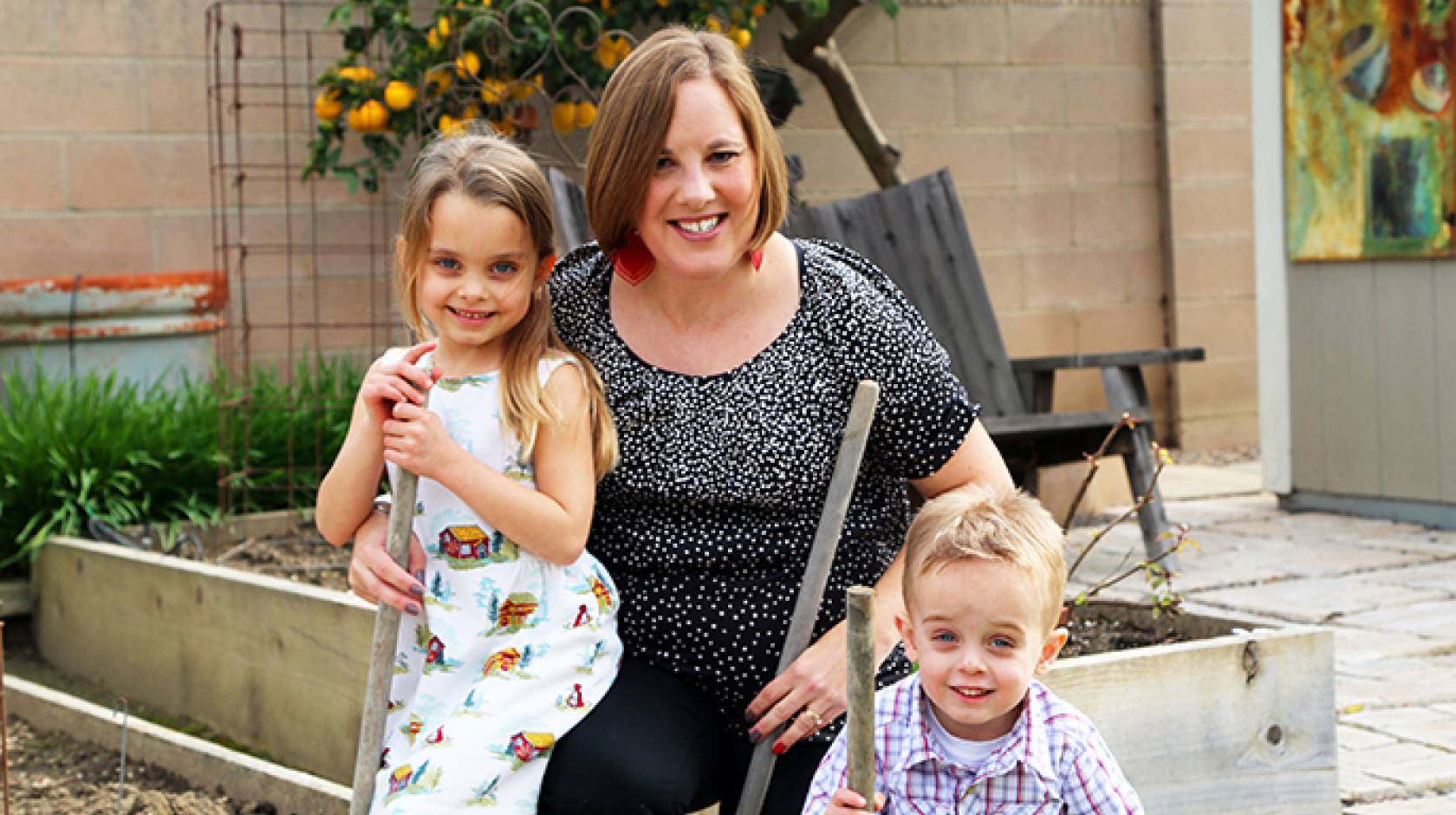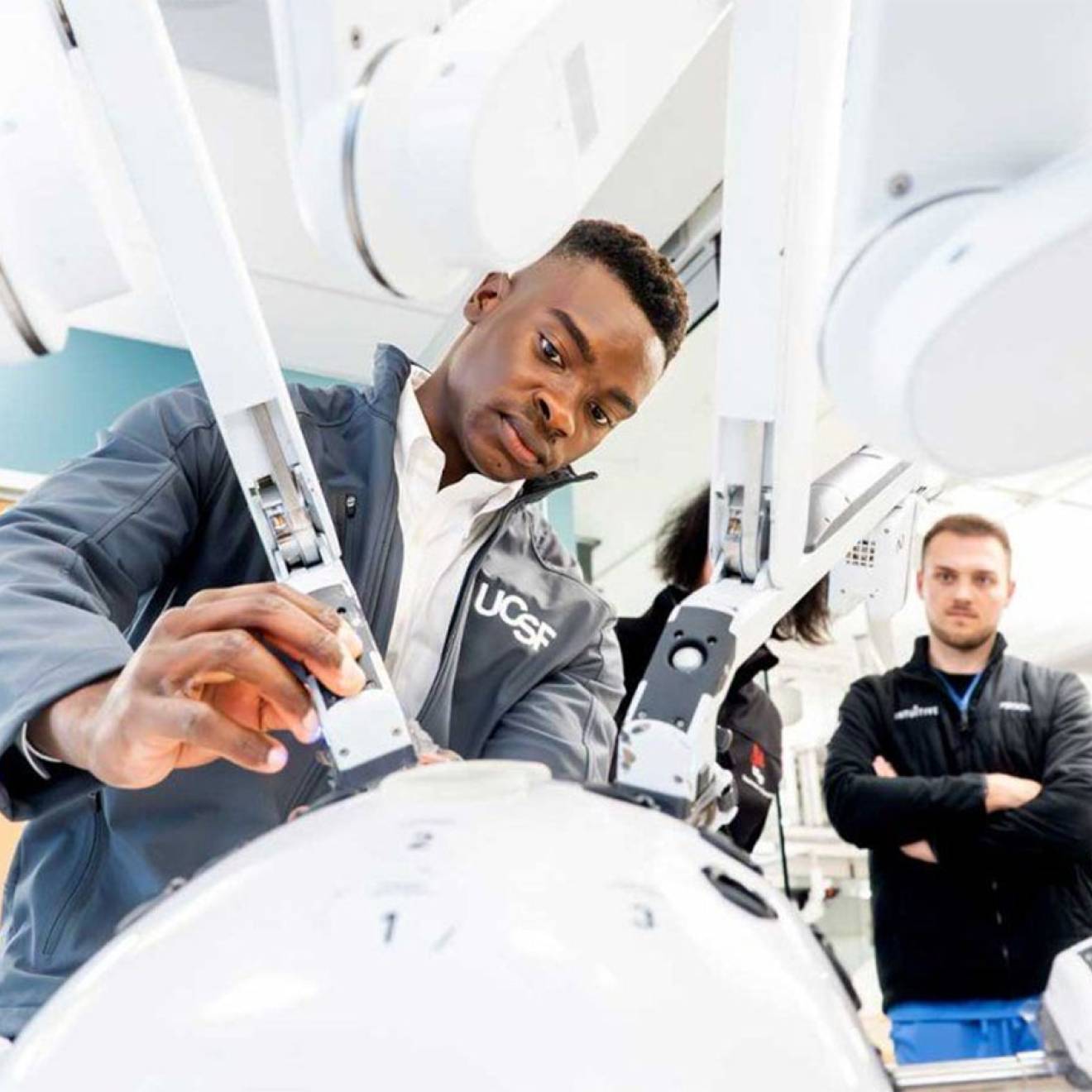Amy Albin and Laura Perry, UCLA

For generations, doctors told women who were born with complex congenital heart defects that the physical demands of pregnancy and delivery would be too difficult for them, and that they should not have babies.
That mindset has shifted. New recommendations for health care providers, published in the American Heart Association journal Circulation, offer a road map to helping women with congenital heart disease have successful pregnancies.
“There is a burgeoning group of women born with complex congenital heart disease who are now of childbearing age and want to get pregnant,” said Mary Canobbio, a nurse at Ronald Reagan UCLA Medical Center and lecturer at the UCLA School of Nursing who chaired the group that wrote the scientific statement. “The problem is, pregnancy in this population is very risky.”

Credit: UCLA Health
Recently, Canobbio has seen a growing number of women with congenital heart disease who wanted to have children.
“We really didn’t have any data to refer to in order to help them make safe, informed decisions,” she said. “So I went on a mission to see if we could come up with some definitive answers for these women about the likelihood of becoming pregnant and steps we might need to take to help them deliver their babies safely.”
Canobbio collected data from hundreds of colleagues around the country, charting successful pregnancies and analyzing the approaches that were taken to care for these high-risk patients.
The information she gleaned also came from — and aided — her own patients. Erica Thomas, 37, of Fountain Valley, was born with a complex heart defect.
“I was always told that having children wasn’t an option,” Thomas said. “But I was determined.”
Working with doctors and nurses at UCLA, Thomas has given birth to two healthy babies in the past five years.
“We found that if women’s heart health is stable at the onset, we can get them through pregnancy,” Canobbio said. “But that doesn’t mean that they’re not at risk for complications. We need to have a lot of people in place in order to ensure that we manage their care at an optimum level, at every stage.”
Credit: UCLA Health
The journal article lists recommendations for women with congenital heart disease — before and during pregnancy, during delivery and afterward.
Before pregnancy. Before conceiving, women should undergo extensive counseling with a cardiologist and an OB-GYN specializing in high-risk pregnancies. When appropriate, doctors may also refer them to genetic counseling. The paper also recommends that women undergo electrocardiograms, echocardiograms and exercise stress tests to assess their physical condition prior to conception.
“The burden of pregnancy is huge,” Canobbio said. “We want each woman to understand the risks before she ever considers pregnancy, and understand the effect it might have on her heart in the long run.”
During pregnancy. According to the recommendations, once a woman with congenital heart disease becomes pregnant, she should be monitored closely by an OB-GYN, a cardiologist and a specialist in maternal–fetal medicine.
“We need to keep close tabs on the mother after conception, because her heart isn't in optimal condition, and it needs to work extra hard ,” said Dr. Brian Koos, a high-risk OB-GYN at Ronald Reagan Medical Center and a co-author of the recommendations.
“During pregnancy, there is increased blood flow, or ‘cardiac output,’ to the mother’s organs and to the uterus and the placenta,” Koos said. “We need to make sure the heart is strong enough to sustain both mother and baby.”
Delivery. Because teams of specialists need to be in place during delivery, the statement recommends writing birthing plans and key dates and distributing them to team members between weeks 28 and 32 of the pregnancy. The report also recommends that women go to large medical centers with the staff and resources to manage any complications that may arise.
“Vaginal births are preferred, but C-sections may be necessary for obstetric or cardiovascular complications,” Canobbio said. “The main thing is we are all there and waiting for delivery, and if that hasn’t happened by the 39th week, we will induce labor.”
The paper recommends having a heart surgeon, in addition to an OB-GYN, available during the delivery. This is a critical time, because not only is childbirth a huge strain on the mother’s heart, but doctors see for the first time how the baby is able to function outside of the womb.
“Just because the baby is born healthy doesn’t mean the mother is out of the woods just yet,” Canobbio said.
Postpartum. Because of the strain of childbirth, the authors suggest that women be closely monitored by their cardiologist for at least six weeks — and in some cases, for up to six months — afterward.
During birth, a normal, healthy heart will see a 70 to 80 percent surge in the volume of blood pumped out of the left ventricle and the overall amount of blood sent through the cardiovascular system.
“That’s a lot of stress,” Koos said. “And because the hearts of these women are compromised to begin with, it can lead to damage and long-term issues after birth.”
Canobbio said the process requires proper planning and sufficient resources.
“But the good news is, for many of these women, pregnancy is possible,” she said. “Instead of having to tell them they can never become pregnant, with these recommendations in place, we can now give them data-based information and, possibly, new hope for having babies.”

